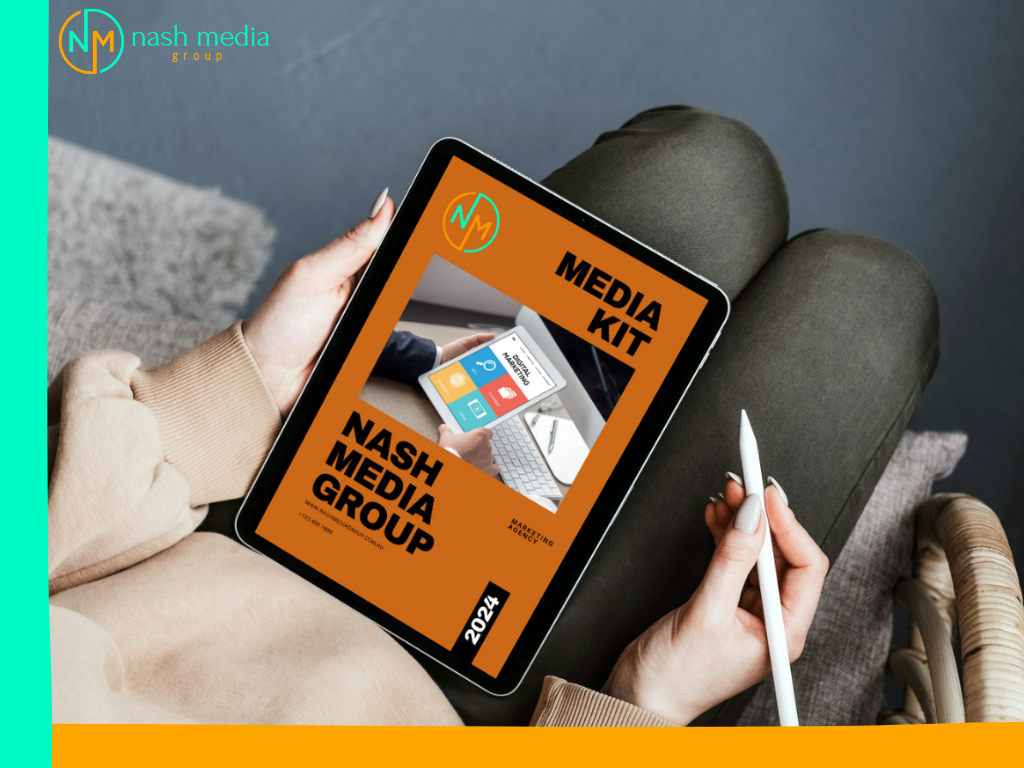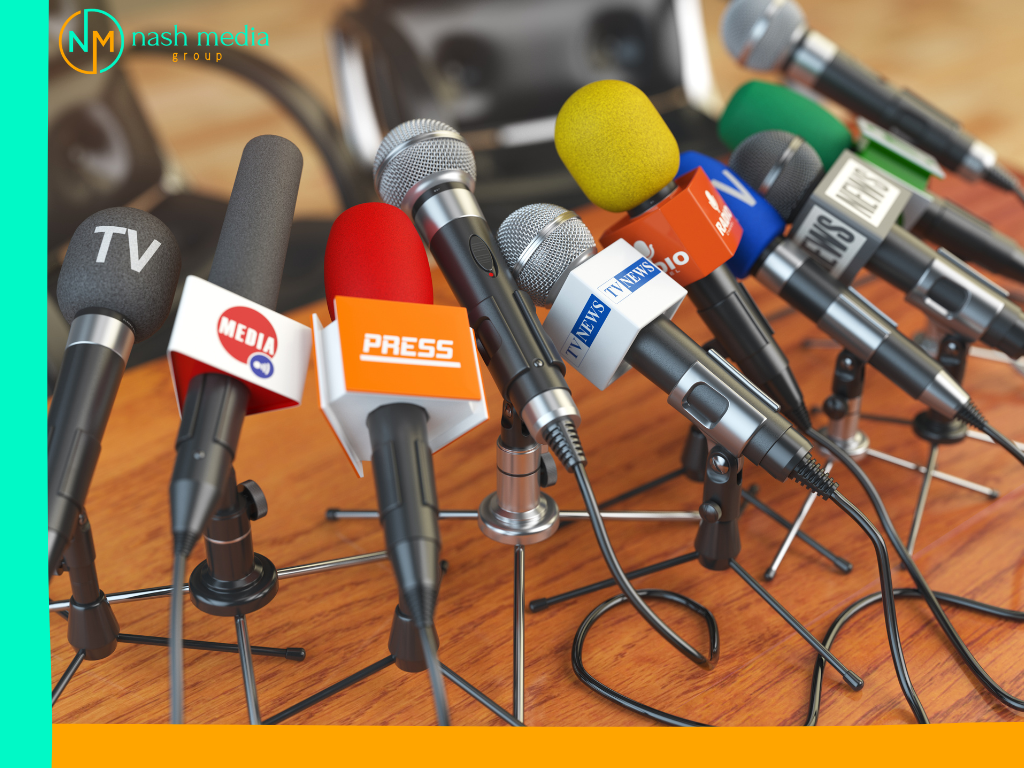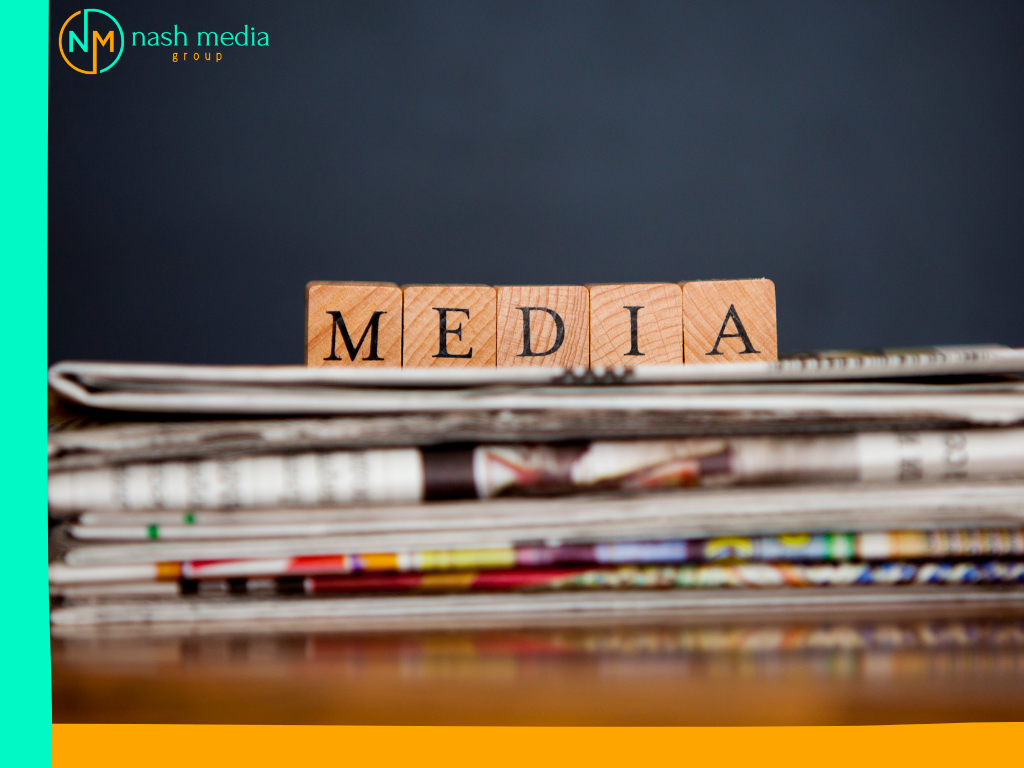A press pack, often called a media kit, is a complete compilation of information and materials about a business, product, or event.
A press pack is intended to provide journalists, bloggers, and influencers with the information they require to write an article, produce a news segment, or generate a blog post. But did you know it can also help your public relations and increase your chances of getting media exposure? In this article, we will look at the importance and components of a press pack and how to create an effective one.

What is the Importance of a Press Pack?
Press packs are a popular and easy means of creating and marketing promotional content, particularly in the e-commerce industry. It acts as a one-stop resource for the media, ensuring they have accurate and up-to-date information. This saves journalists, writers and producers time and ensures consistency in their messaging about your business.
Key reasons why a press pack is essential
Streamlines Information
A press pack consolidates all relevant information in one place, making it easy for journalists to access and use.
Press Packs Ensure Accuracy
By providing verified details, a press pack minimises the risk of misinformation.
Official Press Packs Save Time
Journalists are often on tight deadlines. A press pack allows them to quickly gather the necessary information without having to conduct extensive research.
Brand Image is Enhanced With A Press Pack
A professionally designed press pack reflects well on your brand, demonstrating organisation and attention to detail.
Increasing Media Coverage With A Press Pack or Media Kit
By making it easier for journalists to write about your company, a press pack can lead to more media coverage and greater public awareness.

Essential Components of a Press Pack
Creating a comprehensive and effective press pack involves including several key components. Here’s a breakdown of what should be included:
Company Overview
A concise summary of your company’s history, mission, vision, and values. This section should provide a snapshot of who you are and what you do.
Press Releases
Include recent press releases to keep the media informed about your latest news, product launches, events, or any significant milestones. This helps journalists understand what’s new and noteworthy about your company.
Biographies
Detailed biographies of key executives and spokespersons provide context about the people behind your company. Highlight their professional background, achievements, and roles within the company.
Product Information
Provide detailed descriptions of your products or services, including features, benefits, and unique selling points. This is particularly useful for product launches or updates.
Media Coverage
Showcase previous media coverage to demonstrate your credibility and the interest your company has generated in the past. Include links or clippings of articles, interviews, and news segments.
High-Quality Images
Supply high-resolution images of your products, executives, and company logo. These visuals are essential for journalists to use in their stories, ensuring your brand is presented accurately and professionally.
Contact Information
Provide clear and direct contact information for your media relations team. Include names, phone numbers, email addresses, and social media handles. Make it easy for journalists to reach out with any questions or interview requests.
Frequently Asked Questions (FAQ)
An FAQ section can preemptively address common questions the media might have. This saves time and ensures consistent messaging. It is good practice to cover topics in your FAQ section such as:
- Company history;
- Product details, and
- Future plans.

How to Create an Effective Press Pack or Media Kit
Creating an effective press pack involves careful planning and attention to detail. Here are some steps to help you create a press pack that stands out:
Understand Your Audience
Consider who will be using the press pack and adjust the information to meet their needs. Journalists, bloggers, and influencers all have different needs, so make sure your press pack caters to these distinct audiences.
Keep It Organised
Organise your press pack properly, with distinguished titles and sections. Use a table of contents to make navigation easier. This enables the media to swiftly locate the information they require.
Be Concise and Clear
While it is necessary to present extensive information, do not overwhelm the reader with too much data. Keep your text simple and concise, emphasising the most important features of your business.
Update Regularly
Ensure your press pack is always up-to-date. Regularly review and update the content to reflect the latest company news, product launches, and media coverage.
Design Matters
A well-designed press pack not only looks professional, but it also improves readability. Use high-quality photos, consistent branding, and a clean layout. Consider hiring a professional marketing or media relations agency to assist you in creating a refined and appealing press pack.
Provide Digital and Print Versions
To accommodate various preferences, offer both digital and paper copies of your press pack. A digital edition may contain interactive aspects such as links to your website, social media, and online articles.

A press pack is a useful tool for any business that is trying to strengthen ties with the media and increase brand awareness. A press pack makes it easy for journalists to write about your business by providing a comprehensive and well-organised collection of facts. It also guarantees that your story is told accurately and effectively.
If you want to improve your brand’s media exposure, please contact Nash Media Group to learn more about our press pack design and strategic development services.




